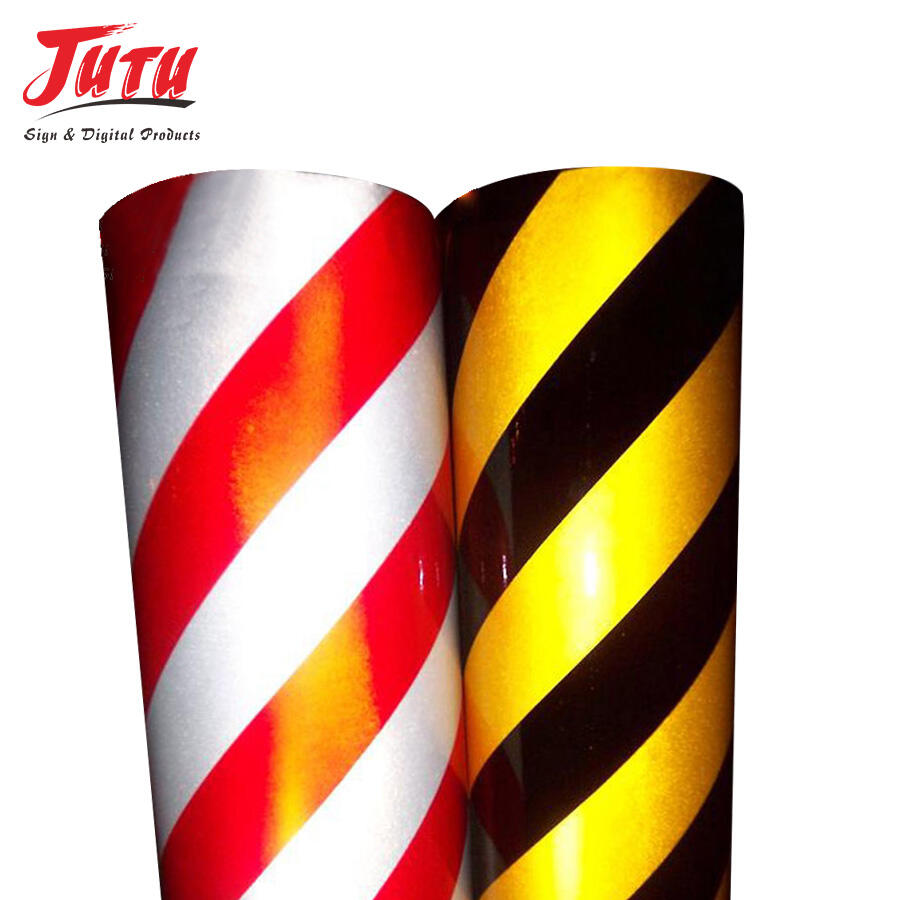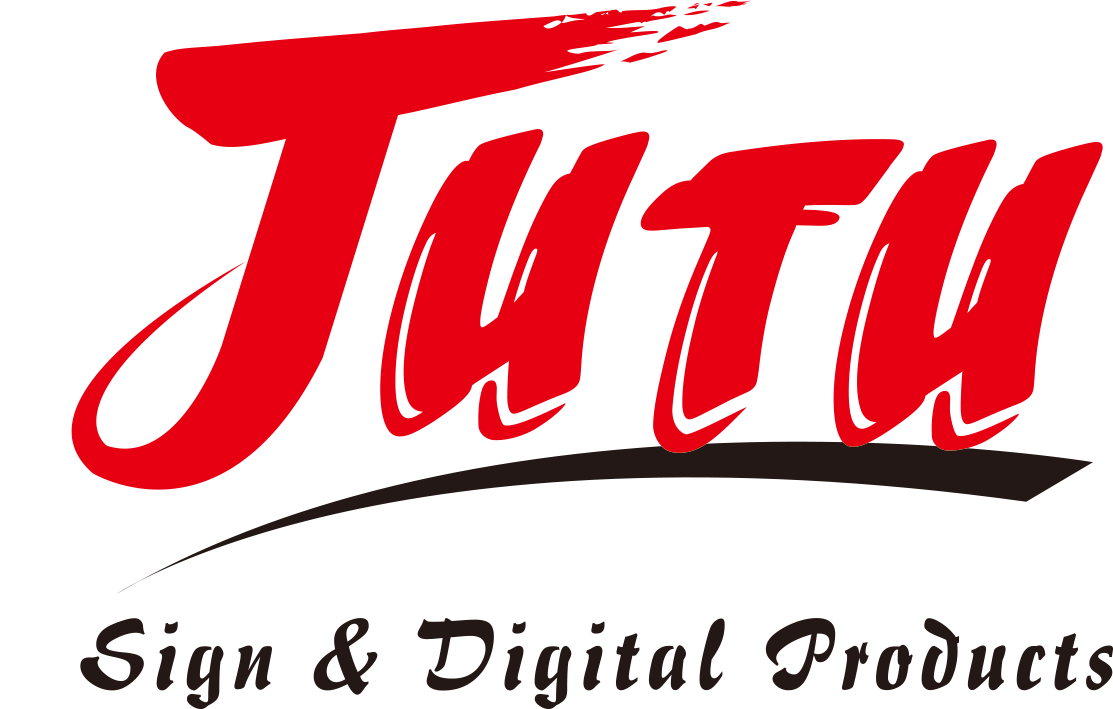Beherrschung der Adhäsion auf komplexen, gekrümmten reflektierenden Oberflächen
Beim Arbeiten mit reflektorblatt Materialien auf gekrümmten Oberflächen, das Verhindern von Kantenanhebung ist eine der kritischsten Herausforderungen, mit denen Hersteller und Installateure konfrontiert sind. Die einzigartigen Eigenschaften reflektierender Folien in Kombination mit gekrümmten Geometrien stellen spezifische Anforderungen, die nicht alle Klebstoffe erfüllen können. Das Verständnis der Wissenschaft hinter einer korrekten Haftung und die Auswahl der richtigen Klebstofflösung sind entscheidend, um dauerhafte, professionelle Ergebnisse zu erzielen, die sowohl Funktionalität als auch ästhetische Ansprüche gewährleisten.
Die Wechselwirkung zwischen reflektierenden Folien und gekrümmten Oberflächen führt zu mehreren Kräften, die herkömmliche Klebstoffe oft nur unzureichend ausgleichen können. Temperaturschwankungen, Umwelteinflüsse und die natürliche Tendenz der Materialien, in ihren ursprünglichen flachen Zustand zurückzukehren, tragen alle zur Komplexität dieser Anwendung bei. Dieser umfassende Leitfaden untersucht die effektivsten Klebstofflösungen und Applikationstechniken, um dauerhafte Verbindungen auf gekrümmten reflektierenden Oberflächen sicherzustellen.
Verständnis der Klebeeigenschaften für reflektierende Materialien
Wichtige chemische Eigenschaften
Der ideale Klebstoff für gewölbte reflektierende Folien muss bestimmte chemische Eigenschaften aufweisen, um eine optimale Leistung zu gewährleisten. Hochleistungs-Acrylklebstoffe mit modifizierten Polymerketten bieten eine hervorragende Anfangsklebkraft und behalten gleichzeitig langfristig Flexibilität. Diese Klebstoffe enthalten typischerweise Vernetzungsmittel, die starke chemische Bindungen sowohl mit der Rückseite der reflektierenden Folie als auch mit dem Substratmaterial eingehen.
Druckempfindliche Klebstoffe (PSAs) mit verbesserten viskoelastischen Eigenschaften haben sich besonders effektiv für gekrümmte Anwendungen erwiesen. Ihre einzigartige molekulare Struktur ermöglicht es ihnen, in Oberflächenunregelmäßigkeiten einzudringen, während sie gleichzeitig ausreichende Kohäsionsfestigkeit behalten, um einem Abheben an den Kanten entgegenzuwirken. Die Balance zwischen diesen Eigenschaften ist entscheidend für den langfristigen Erfolg auf gekrümmten Oberflächen.
Physikalische Anforderungen für gekrümmte Anwendungen
Bei der Auswahl eines Klebstoffs für gekrümmte reflektierende Folien sind bestimmte physikalische Eigenschaften von entscheidender Bedeutung. Der Klebstoff muss seine Bindungsstärke über einen weiten Temperaturbereich hinweg beibehalten und gleichzeitig ausreichend Flexibilität aufweisen, um thermischer Ausdehnung und Kontraktion entgegenzuwirken. Eine hohe Scherfestigkeit ist unerlässlich, um Kriechen und daraus resultierendes Abheben der Kanten zu verhindern, insbesondere bei vertikalen oder über Kopf angebrachten Installationen.
Auch die Dicke der Klebstoffschicht spielt eine entscheidende Rolle. Ein geeignet konstruiertes Klebstoffsystem weist typischerweise eine optimale Dicke zwischen 2 und 4 mil auf, wodurch genügend Material vorhanden ist, um vollständigen Kontakt sicherzustellen, ohne Überschuss zu erzeugen, der zu Kaltflussproblemen führen könnte.

Oberflächenaufbereitung und Anwendung Techniken
Wesentliche Schritte zur Oberflächenvorbereitung
Eine ordnungsgemäße Oberflächenvorbereitung ist entscheidend, um ein Abheben der Kanten bei gekrümmten reflektierenden Folienanwendungen zu vermeiden. Das Substrat muss gründlich mit geeigneten Lösungsmitteln gereinigt werden, um alle Rückstände von Ölen, Staub und anderen Verunreinigungen zu entfernen. Bei vielen Oberflächen liefert ein zweistufiges Reinigungsverfahren, das sowohl einen Entfetter als auch einen abschließenden Lösungsmittelabstrich verwendet, optimale Ergebnisse.
Bei besonders anspruchsvollen Substraten kann eine Modifizierung der Oberflächenenergie erforderlich sein. Primer oder Oberflächenaktivatoren können die Haftung erheblich verbessern, indem sie eine optimale Grenzfläche zwischen Klebstoff und Substrat schaffen. Diese Behandlungen müssen sorgfältig ausgewählt werden, um die Kompatibilität sowohl mit dem Substrat als auch mit dem gewählten Klebstoffsystem sicherzustellen.
Professionelle Applikationsmethoden
Die Applikationstechnik beeinflusst das Gelingen von gekrümmten reflektierenden Folienanwendungen erheblich. Temperaturgesteuerte Umgebungen zwischen 65–75 °F (18–24 °C) bieten ideale Bedingungen für die Klebstoffauftragung. Eine korrekte Spannungssteuerung während der Montage hilft, innere Spannungen zu vermeiden, die im Laufe der Zeit zu einem Abheben der Kanten führen könnten.
Die Verwendung spezialisierter Montagewerkzeuge wie weicher Gummifalzen und Heißluftpistolen sorgt für gleichmäßigen Druck und eine optimale Benetzung des Klebstoffs. Schrittweise Montagetechniken, die von der Mitte nach außen arbeiten, helfen, eingeschlossene Luft zu minimieren und eine gleichmäßige Verteilung der Montagekräfte sicherzustellen.
Umweltaspekte und Leistungsfaktoren
Anforderungen an die Witterungsbeständigkeit
Für den Außenbereich eingesetzte gekrümmte reflektierende Folien erfordern Klebstoffe mit hervorragender Witterungsbeständigkeit. UV-stabile Formulierungen verhindern die Alterung der Klebeverbindung auch bei längerer Sonneneinstrahlung. Auch die Beständigkeit gegen Feuchtigkeit ist entscheidend, da Wassereindringen an den Kanten eine häufige Ursache für Klebeversagen ist.
Die Widerstandsfähigkeit gegenüber Temperaturwechseln wird bei Außenanwendungen besonders wichtig. Der Klebstoff muss seine Eigenschaften während wiederholter Zyklen von thermischer Ausdehnung und Kontraktion beibehalten, ohne an Bindungsstärke zu verlieren oder Randaufhebung zu ermöglichen.
Faktoren für langfristige Langlebigkeit
Die Lebensdauer von gekrümmten reflektierenden Folieninstallationen hängt von mehreren zusammenwirkenden Faktoren ab. Die chemische Beständigkeit gegenüber Umweltverschmutzungen, Reinigungsmitteln und anderen möglichen Verunreinigungen gewährleistet die langfristige Leistungsfähigkeit. Die Fähigkeit des Klebstoffs, Oxidation zu widerstehen und seine viskoelastischen Eigenschaften während der gesamten Nutzungsdauer beizubehalten, ist entscheidend für den langfristigen Erfolg.
Regelmäßige Überwachungs- und Wartungsprotokolle können helfen, potenzielle Probleme frühzeitig zu erkennen, bevor sie sich zu größeren Störungen entwickeln. Das Verständnis der erwarteten Nutzungsdauer unter bestimmten Bedingungen hilft dabei, das am besten geeignete Klebstoffsystem für jede Anwendung auszuwählen.
Häufig gestellte Fragen
Wie lange sollte der Klebstoff aushärten, bevor die Installation als abgeschlossen gilt?
Während die meisten Hochleistungs-Klebstoffe für gekrümmte reflektierende Folien eine sofortige Handhabungsfestigkeit bieten, erfolgt die vollständige Aushärtung typischerweise innerhalb von 24 bis 72 Stunden, abhängig von den Umgebungsbedingungen. Vermeiden Sie während dieses Zeitraums, dass die Installation extremen Temperaturen oder Belastungen ausgesetzt wird.
Welchen Temperaturbereich können diese Klebstoffe typischerweise aushalten?
Klebstoffe in professioneller Qualität für gekrümmte reflektierende Folien funktionieren im Allgemeinen bei Temperaturen von -40 °F bis 180 °F (-40 °C bis 82 °C). Bestimmte Zusammensetzungen können jedoch noch breitere Temperaturbeständigkeit für spezielle Anwendungen bieten.
Wie kann man Luftblasen bei der Applikation auf gekrümmten Oberflächen vermeiden?
Die Verwendung geeigneter Applikationstechniken, einschließlich kontrollierter Spannung, schrittweiser Montage von der Mitte nach außen und geeigneter Werkzeuge wie weicher Gummifalzen, hilft, die Einschließung von Luft zu minimieren. Einige Klebstoffsysteme verfügen zudem über mikrokanalisierte Trägerfolien, die während der Montage ein Entweichen von Luft ermöglichen.
Was verursacht ein Abheben der Kanten und wie kann es verhindert werden?
Ein Aufheben der Kanten tritt typischerweise aufgrund einer Kombination aus inneren Spannungen, unzureichender Oberflächenvorbereitung oder falscher Klebstoffauswahl auf. Die Vermeidung beginnt mit gründlicher Oberflächenreinigung, der Verwendung des richtigen Klebstoffs für die jeweilige Anwendung und ordnungsgemäßen Installationsverfahren, einschließlich ausreichendem Druck und Temperaturkontrolle während der Applikation.
Inhaltsverzeichnis
- Beherrschung der Adhäsion auf komplexen, gekrümmten reflektierenden Oberflächen
- Verständnis der Klebeeigenschaften für reflektierende Materialien
- Oberflächenaufbereitung und Anwendung Techniken
- Umweltaspekte und Leistungsfaktoren
-
Häufig gestellte Fragen
- Wie lange sollte der Klebstoff aushärten, bevor die Installation als abgeschlossen gilt?
- Welchen Temperaturbereich können diese Klebstoffe typischerweise aushalten?
- Wie kann man Luftblasen bei der Applikation auf gekrümmten Oberflächen vermeiden?
- Was verursacht ein Abheben der Kanten und wie kann es verhindert werden?

